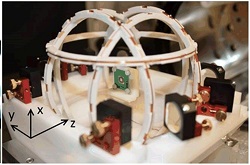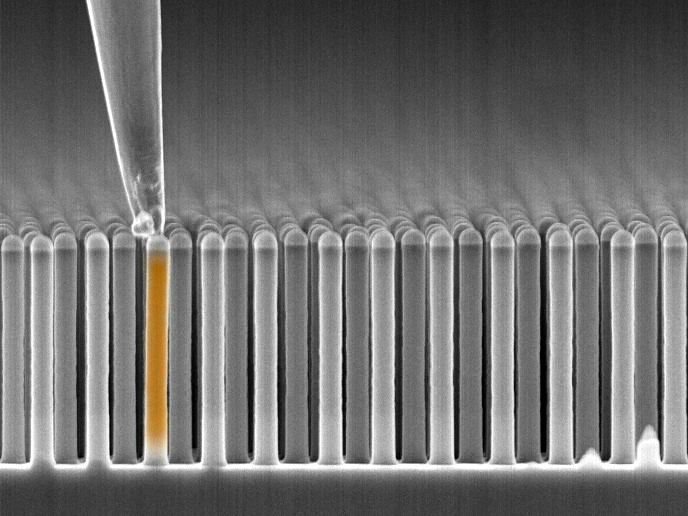Novel Plasma Jet Pack boosts tiny space satellite agility
Tiny satellites, known as nanosatellites, are typically only a few decimetres long and weigh less than 50 kg each. They are currently used for a variety of purposes, including: telecommunications, Earth observation, navigation and positioning, and even interplanetary exploration. Often arranged in constellations, they diversify the capabilities of space infrastructure. As Luc Herrero from Comat puts it: “Nanosatellites have democratised access to space, enabling a wider range of players, from start-ups to educational institutions, to participate in space research and activities.” But challenges remain with the complexity of their propulsion and operations, both on the ground and while in orbit, reducing efficiency, cost effectiveness and safety. The EU-funded PJP project, coordinated by Herrero, investigated electric propulsion as a solution to the current processes which require nanosatellites to be launched on dedicated rockets. Using specially designed methods and probes, the project successfully characterised its pulsed plasma solution, developing simulation tools to investigate the underlying physics and leading to a modularised demonstrator, building on previous versions.
Electric propulsion
PJP’s electric propulsion technology is based on vacuum arc physics. Here, high-speed ions are created from a solid metal propellant when an electrical discharge is released in a vacuum between two electrodes – the cathode (solid propellant) and the anode (passive electrode). The electrons’ energy is transferred to the ions thanks to their cooling process which create an intense electric field. The PJP solution ejects a quasi-neutral plasma at very high speeds of up to 50 km per second, generating thrust. “Our device can generate on-demand thrust in space, transferring momentum to the satellite for manoeuvrability, while storing propellant compactly and safely, avoiding the toxic or pressurised tanks and valves needed by conventional electrical or chemical-based versions,” explains Herrero. The team characterised over 30 different geometries of arc discharge chambers using in-house diagnostic methods, which informed the design of a simulation tool to explore a variety of system configurations. “Our combination of plasma characterisation methods and simulation tools deepened our understanding of vacuum arc physics, resulting in one of the most innovative technologies in this field,” notes Herrero. The modular design led to the creation of three building blocks: Arc Discharge Chamber, Plasma Generator Unit and Power Propulsion Supply and Control Unit. After qualification by the team, these were combined to create a Plasma Jet Pack 30 W demonstrator, also compatible with 80 W and 150 W versions. This demonstrator builds on previous, more basic versions, predating the project. “While we found that most of the parameters we tested met market needs, more work is needed to avoid electrode erosion and improve thrust duration,” says Herrero. The first flight of the project’s modular PJP30 concept is planned for 2024, to demonstrate its directional thrust capabilities.
A range of applications
Alternatives to chemical-based propellants support the EU’s sustainability ambitions and with a more local supply chain also align with the EU’s aims to be more self-reliant. Likely applications – such as environmental monitoring, improved communication networks and safer space exploration – will also benefit the European economy, creating jobs, while boosting Europe’s technological leadership credentials. The team is also currently developing a new building block with improved thrust capabilities for a broader range of missions.
Keywords
PJP, nanosatellites, plasma, physics, jet, thrust, propellant, space, electric propulsion







